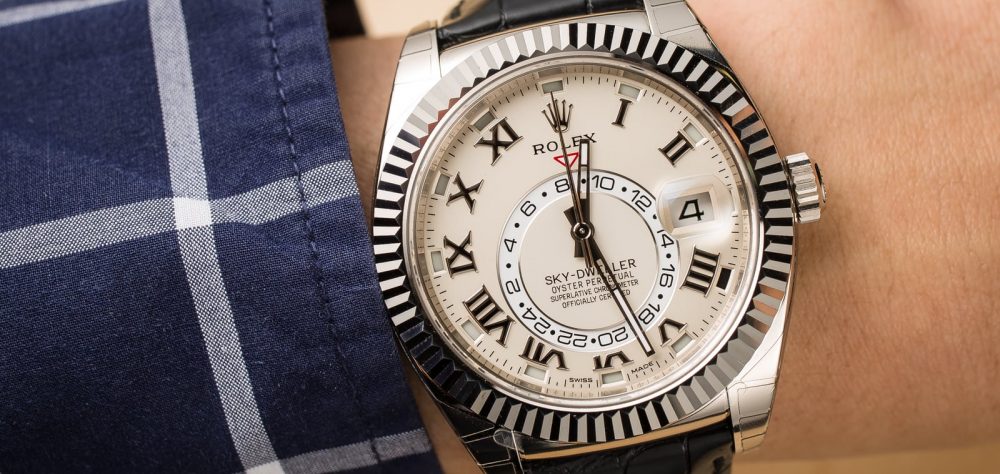— Moon-phase Fake Watches by A. Lange & Söhne Replica Watches UK are impressive witnesses of lunar research in Saxony.

The moon has been preoccupying humankind for millennia. In Saxony, too, the earth’s satellite, its orbital progression and its influence on various spheres of life intrigued citizens, scholars and regents alike. This interest spawned countless drawings, reports and novels that even today reflect the enthusia sm of their authors for the moon.
In the early days of lunar observations, people were interested mainly in its progression across the nocturnal skies and its changing faces. The focus among researchers shifted to its surface after the telescope was invented in the unfolding 17th century. The famous lunar map by the Dresden astronomer Wilhelm Gotthelf Lohrmann (1796–1840) is an example from the 19th century, but the moon has lost none of its fascination to this very day. In the 1960s, Dresden native Ursula Seliger created an extensive series of detail – rich pencil drawings which she compiled in three volumes.
Today, these drawings are stored at the Palitzsch Museum in Dresden. The facility was named after Johann George Palitzsch (1723–1788), a so-called “peasant astronomer” who, apart from working on his farm, also devoted his time to astronomy and became famous for rediscovering Halley’s Comet. In the evening of Christmas Day, 25 December 1758, he pointed his telescope toward the skies in search of the comet’s tail. For months, astronomers all over the world had been awaiting its arrival, which had been predicted by Edmond Halley (1656–1742) as early as 1705. Halley reckoned that the comet, last seen in 1682, was periodic and would show up again in about 76 years. So its discovery by Palitzsch was no mere fluke. It resulted from years of diligent study.

C’est avec ses observations minutieuses que le «paysan-astronome» George Palitzsch a gagné le respect des nobles de son époque.
© DR Swiss Replica Watches For Sale
When Palitzsch passed away in 1788, he left behind a library containing 3518 books and dozens of scientific instruments that 25 years later were lost to pillage during the Battle of Dresden. In homage to Palitzsch, the International Astronomical Union named three lunar craters after him in 1935. The mission of the small museum in Dresden, which is near to his devastated farm, is to inspire children and youngsters to discover their world by observing it closely and mainly with their own eyes, just as Palitzsch did in his day.
Pour l’année 2014, A. Lange & Söhne présente trois nouveaux modèles avec une dédicace particulière à la Lune. Ainsi, la Grande Lange 1 Phases de Lune attribue le premier rôle à la Lune en la plaçant au centre de l’affichage des heures; puis, sur la Lange 1 Tourbillon Quantième Perpétuel, les phases lunaires s’affichent dans le cercle des petites secondes; enfin, sur la Richard Lange Quantième Perpétuel «Terraluna» l’affichage orbital, composé de trois disques en or massif, est situé à l’arrière de la montre et indique, outre la phase de la Lune, aussi la position de celle-ci par rapport à la Terre et au Soleil.
